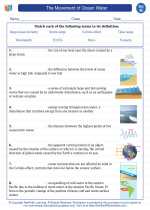Crystal Structure
A crystal structure is the arrangement of atoms or molecules in a crystalline material. Crystalline materials have a highly ordered structure, with atoms arranged in a repeating pattern that extends in all three dimensions. This regular arrangement gives crystals their characteristic shapes and properties.
Types of Crystal Structures
There are several types of crystal structures, including:
- Cubic: In a cubic crystal structure, the atoms are arranged in a cube-shaped pattern. This type of structure is found in materials like diamond and sodium chloride.
- Tetragonal: The atoms in a tetragonal crystal structure are arranged in a rectangular shape with unequal sides. This structure is present in materials like zirconium dioxide.
- Orthorhombic: In an orthorhombic crystal structure, the atoms are arranged in a rectangular shape with all sides of different lengths. Sulfur is an example of a substance with an orthorhombic structure.
- Hexagonal: The atoms in a hexagonal crystal structure are arranged in a hexagonal pattern. This type of structure is found in materials like graphite and beryllium.
- Rhombohedral: In a rhombohedral crystal structure, the atoms are arranged in a shape resembling a distorted cube. Calcite is an example of a substance with a rhombohedral structure.
- Monoclinic: The atoms in a monoclinic crystal structure are arranged in a parallelogram shape. Gypsum is an example of a substance with a monoclinic structure.
- Triclinic: In a triclinic crystal structure, the atoms are arranged in a shape with no equal sides or angles. This structure is present in materials like microcline and labradorite.
Properties of Crystal Structures
The arrangement of atoms in a crystal structure gives rise to several properties, including:
- Hardness: The regular arrangement of atoms in a crystal structure contributes to the material's hardness.
- Transparency: Some crystal structures give rise to transparent materials, while others result in opaque substances.
- Electrical Conductivity: The arrangement of atoms can affect a material's ability to conduct electricity.
- Optical Properties: Crystal structures can influence how light interacts with a material, affecting its color and luster.
- Mechanical Properties: The crystal structure can impact the material's strength, flexibility, and other mechanical properties.
Studying Crystal Structures
To understand crystal structures, it's important to study the concepts of unit cells, lattice structures, and the different types of crystal systems. Additionally, learning about X-ray crystallography, which is a powerful tool for determining the arrangement of atoms in a crystal, can provide insight into crystal structures.
Practice identifying different crystal structures and understanding how the arrangement of atoms or molecules contributes to the properties of various materials. Visual aids, such as models and diagrams, can also help in visualizing and understanding different crystal structures.
Exploring the applications of crystal structures in various fields, such as materials science, geology, and chemistry, can provide real-world context and enhance understanding of the topic.
.◂Science Worksheets and Study Guides Eighth Grade. The Movement of Ocean Water
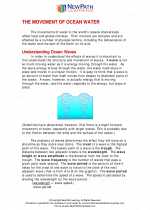
 Worksheet/Answer key
Worksheet/Answer key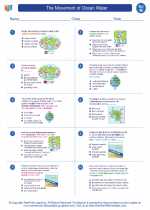
 Worksheet/Answer key
Worksheet/Answer key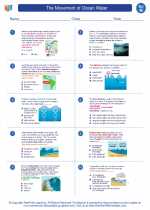
 Worksheet/Answer key
Worksheet/Answer key
 Vocabulary/Answer key
Vocabulary/Answer key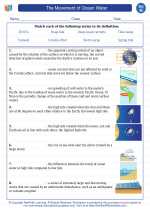
 Vocabulary/Answer key
Vocabulary/Answer key